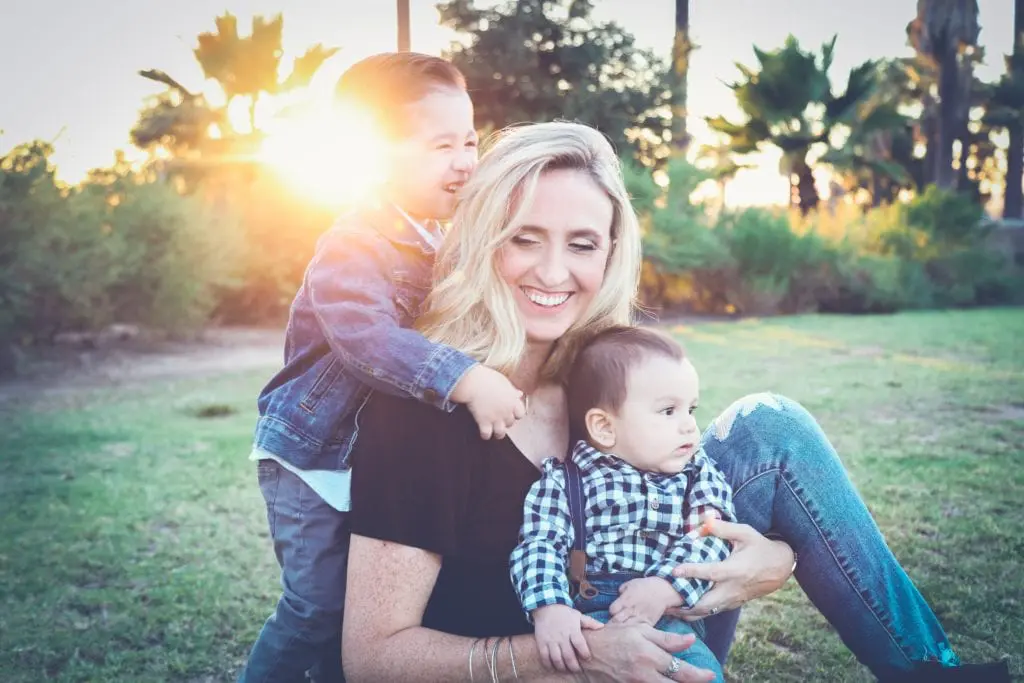
Growing families have special needs that may not concern other homebuyers. Chief among these needs is a home that can adapt as the family grows and changes over time.
The best way to achieve that flexibility is a custom-built home, says Carib Martin, principal architect at Carib Daniel Martin Architecture + Design in Kensington, Md.
“A custom design home is great for every growing young family,” Martin says. “Nothing beats that because, if you view it over the course of their lifetime, they get more value out of it.”
A custom design home is great for every growing young family
Carib Martin,
Carib Daniel Martin Architecture + Design
That value is captured through an equity stake that grows from when the buyer is a young adult through retirement and beyond.
The total payback, Martin says, comes in three ways:
- Lifetime savings achieved by staying in place and eliminating the cost of moving and renovating multiple homes over a lifetime
- Improved quality of life from living in a home that matches the family’s lifestyle
- Positive feelings from living in a home that reflects the family’s beliefs
For the latter, that might mean a smaller footprint, more sustainable building materials or more climate-friendly energy sources.
Flexible Options
Older homes don’t offer the flexibility and features growing families need, Martin says. Instead, they tend to have smaller rooms, closed-in floor plans, less natural light and inefficient appliances. Some older homes may also be too large, even for growing families.
“There are rooms they’re never going to use and they’re paying for those rooms,” Martin says. “They have to fill those rooms with furniture, and heat and cool them.”
Custom homes offer built-in flexibility for use, especially over time. For example, a basement could be designed as a guest bedroom or child’s playroom and then be used as a space for teenagers. After that, it could be reconfigured as a micro apartment for a college student and then living quarters for the parents when the adult children and their children move into the home, Martin says.
Lifestyle Options
Custom homes also provide flexibility when it comes to a family’s lifestyle.
For example, a family that wants to spend a lot of time together might design a home with smaller bedrooms and larger living spaces. A family that enjoys privacy might want study nooks, or playrooms that are tucked away, but still accessible, or an in-law suite for grandparents who make short or extended visits.
Growing families can also design a custom home to meet their needs now and in the future. That can be especially important when they have more children. Custom homes are “the ultimate flexibility” for a growing family, says Gretchen Howell, vice president of marketing at SouthStar Communities, a developer of more than 30 master-planned communities across the United States.
“Larger mud rooms, flexible laundry spaces and bedroom locations [can be] designed for ease with infants and privacy as children get older,” Howell says.
Building a custom home can be a fun family experience as well, she says. Buyers might choose a lot that’s near community swimming pools, playgrounds or nature trails or one with a backyard for the whole family. A custom home can also be designed to accommodate children’s activities and their storage needs.
Affordable Options
Custom homes give buyers what they want at a price they can afford, says Connelly Hayward, a real estate investor in Mandeville, La.
“Each family has its own wants and needs in a home, but also must stay within their budget,” he says. “Building a custom home allows them to get the things they want and need without having to pay for things they don’t want nor need.”
For example, a family with a work-at-home parent might want a home office and a two-car garage, but not have a budget that will stretch to include both. A custom home might offer:
- A carport instead of a garage
- An option to convert half of the two-car garage into a home office
- An unfinished space over the garage that could become an office (and perhaps later a new baby’s room)
With a custom home, these choices can be made during the design phase.
“Building a custom home is more stressful than buying an off-the-shelf complete house,” Hayward says. “However, few things in life are as satisfying and peace-inducing than being in the perfect house.”

Marcie Geffner is an award-winning freelance reporter, writer and editor in Ventura, California. In the last decade, she has penned more than 1,000 published stories about residential and commercial real estate, banking, credit cards, computer security, health insurance and small business, among other subjects. Editors describe her as “detail-driven,” “conscientious,” “smart” and “incredibly versatile.” Her award-winning reporting has been lauded as “rock solid,” “spot-on relevant,” “informative,” “engaging,” “interesting” and “nuanced.” Her stories have been cited in seven published nonfiction books and two U.S. Congressional hearings.
Prior to her freelance career, Geffner was senior editor of California Real Estate magazine. Later, she became managing editor of Inman.com, an independent real estate news website. She also has prior employment experience in technical writing, corporate communications and employee communications. She received a bachelor’s degree in English with high honors from UCLA and master’s degree in business administration (MBA) from Pepperdine University in Malibu, California. She enjoys reading, home improvement projects and watching seagulls at the beach.
